24 Hours Hotline: +86 137-3541-1378
Email:xian@tripstoshanghai.com
24 Hours Hotline: +86 137-3541-1378
Email:xian@tripstoshanghai.com
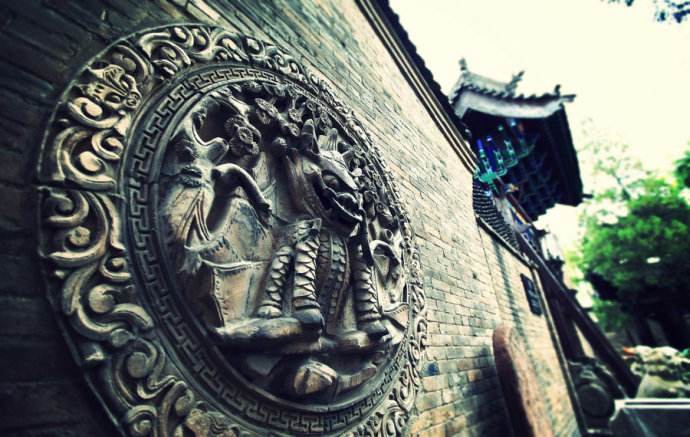
Pingyao Overview
Pingyao, as one of ancient cities in China, is famed for its importance in Chinese economic history and for its well-preserved Ming and Qing urban planning and architecture. It's sit in Shanxi Province, Central North China, in between the imperial capitals of Beijng and Xi'an. Pingyao ancient town is a county-level city located in the center of China's Shanxi Province. The Pingyao ancient town was first built in Xizhou dynasty, and it has a history of about 2700 years. It is a town that is completely constructed according to the traditional planning ideas and layout pattern of Han nationality people. Pingyao has been described as an exceptionally well-preserved example of a traditional Han Chinese city. Whilst the city itself was first established around the 9th / 8th century BC, during the Western Zhou Dynasty, many of the city's present structures were built from the 14th century AD onwards. As the centuries went by, different architectural styles and elements of urban planning were incorporated into the city's urban fabric. Therefore, the evolution of such styles and elements over half a millennium of Imperial Chinese rule can be traced in the city.
Pingyao also was a regional financial hub in the 16th century, some consider it to have been the financial centre of the Qing Empire in the late 19th century. And in 1997, the Pingyao ancient town was listed to be the World Culture Heritage by UNESCO and a AAAAA-rated tourist attraction in China. Pingyao Ancient City Wall, Qiao Family's Compound, Shuanglin Temple, Rishengchang Bank, Ancient Ming and Qing Street and Ancient Government Office, etc are Pingyao muse-see.
Top Things to Do in Pingyao Ancient City
Pingyao Ancient City Wall
Among a lot of historical and cultural sights, Pingyao's well-preserved city walls are one of the city's most impressive structures. The City Wall in Pingyao was first built in 827 B.C. In the early days of Ming Dynasty, in order to prevent the enemies from invading, all the cities in China began to build the City Wall to defend themselves. The City Wall in Pingyao was also built at that time. The ancient Pingyao town had been repaired 26 times. At the beginning period of Qing Dynasty ( in 1703), the emperor patrolled passing Pingyao town, so the people in Pingyao especially built four city gate towers, which made the Pingyao town more spectacular.
Pingyao ancient city wall stands now was built in the Ming Dynasty, it has an average height of 12 meters (39.37 ft.), originally served to protect the city from enemy attacks. It as six gates, each having two doors. The city wall winds in the shape of a turtle, as the ancient Chinese took the turtle to be a symbol of longevity. Its two gates on the south and north represented the head and tail of the turtle, and the four gates on the east and west were the four legs. Its body is rammed earth supported by a layer of bricks.
There are also 72 watchtowers and 3,000 crenels in Pingyao ancient town that add a touch of life to the ancient wall. The most interesting part is the implied reference to the 71 disciples and countless followers of Confucius. As the positions of these gates give the city a resemblance to the outline of a tortoise, Pingyao has been given the nickname of Tortoise City. In addition, the walls made the city an impenetrable stronghold, providing the city's nickname with another layer of meaning.
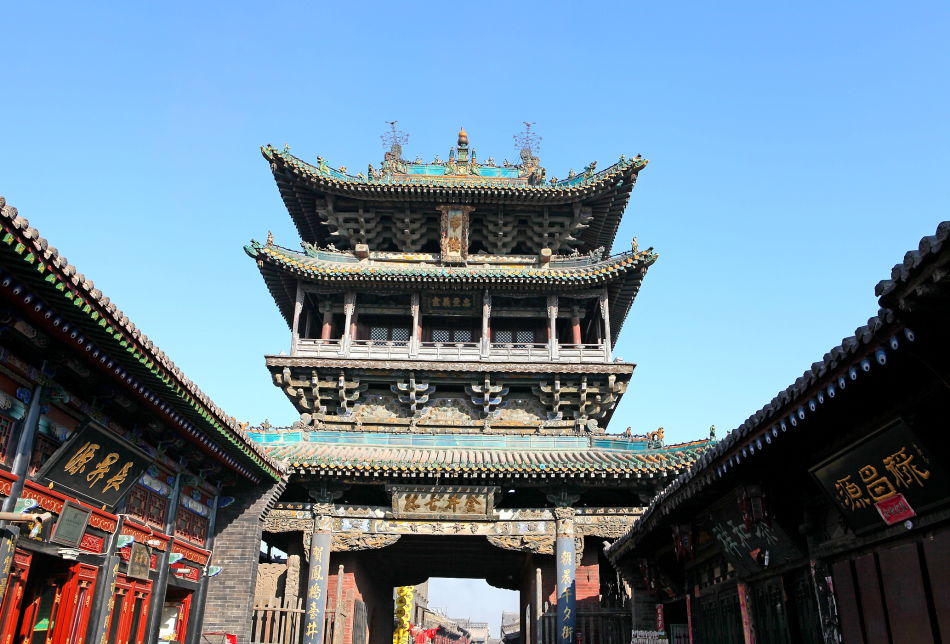
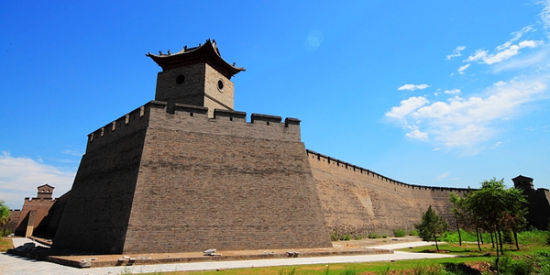
Information
Opening Hours: 8:00-17:30
Peak Season: Mar.-Nov.
Low Season: Dec.-Feb
Admission Fee: CNY 130
Time for Visit: 2 hours
It is a good place for photographers to take pictures of the sunrise and sunset.
Qiao Family's Compound
Qiao Family's Compound is 42 km away from Pingyao Ancient City. With Chinese classical architectural designs and exquisite decorations, it is representative of Chinese northern folk residences. This family compound shows not only the fortune and prosperity of the Qiao family, but also the folk customs and culture of Shanxi Province in the period.
The whole complex looks like double Chinese characters "?" standing together from a bird-eye view. "?" in Chinese means joy and happiness. The complex was built in such a structure to express a good wish. In the Qiao Family Compound, wood carvings, brick carvings, stone carvings, murals and wall sculptures with distinctive characteristics. Over 140 chimneys each has different features and decorations. On the underside of the eaves, there are murals telling about folktales. The courtyard has been featured in many famous Chinese movies and TV series, including the well-known film "Raise the Red Lantern." This internationally-acclaimed film fully demonstrates the house's character.
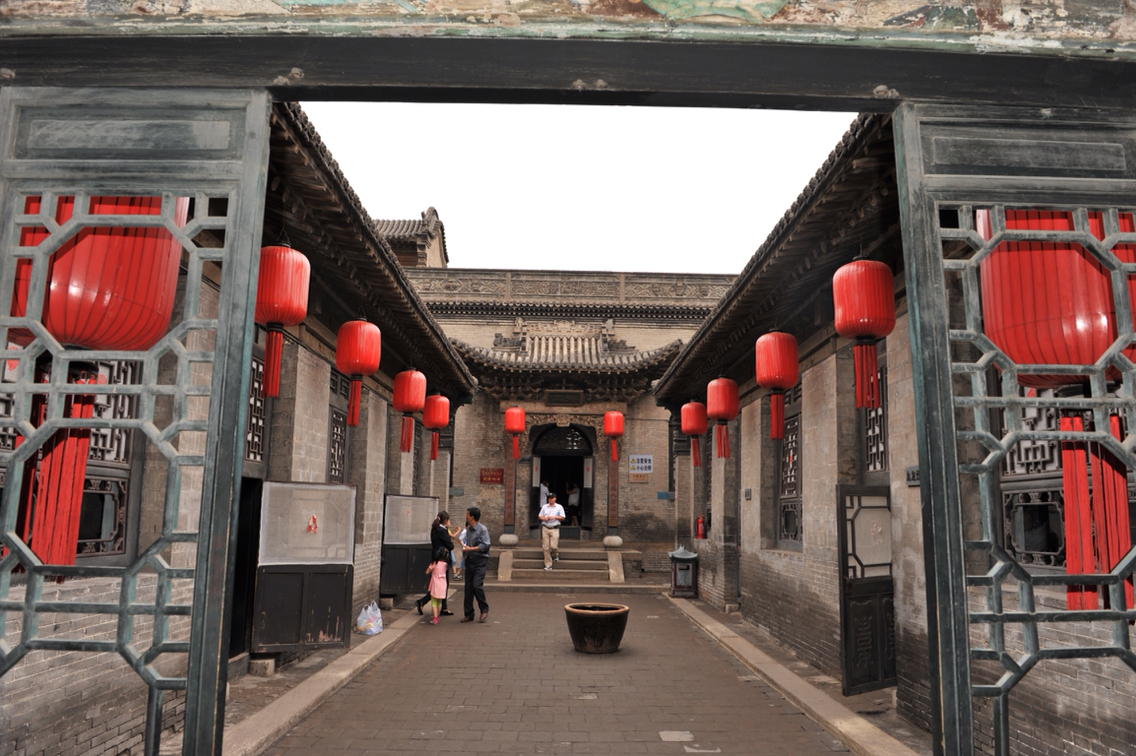
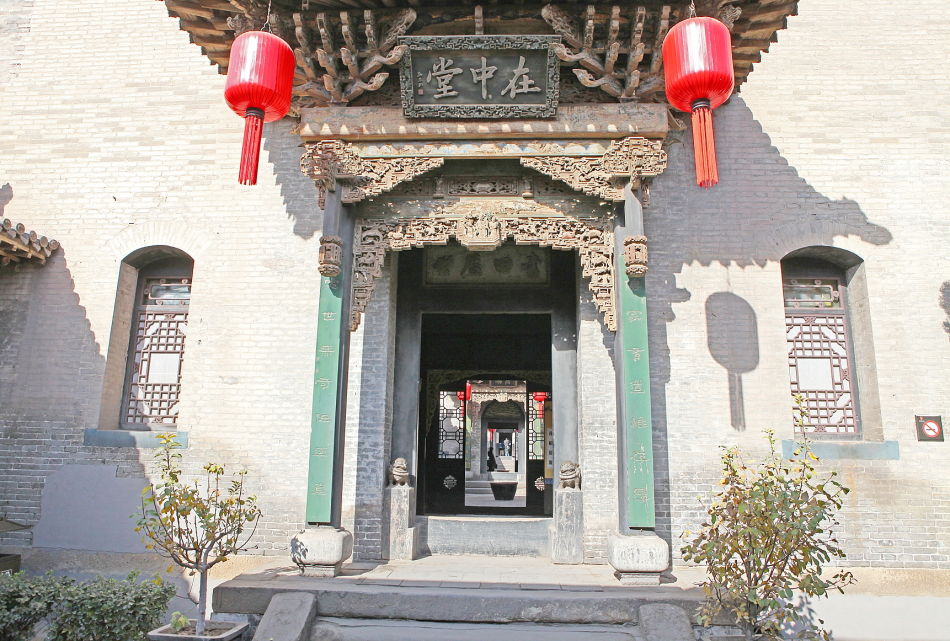
Information
Type: Historical building, Ancient folk residence
Best Seasons to visit Qiao Family Compound : Spring/Summer/Autumn
Recommended Visiting Time: Half day
Opening Hours: April-October: 08:30-18:30; November-March: 08:30-17:00
Admission Fee: $72
Address: Qiaojiabao Village, Qi County, Shanxi Province
Shuanglin Temple
Shuanglin Temple is another highlights in Pingyao ancient town, this temple is a large Buddhist temple in the Shanxi Province of China, situated in the countryside of Qiaotou village about 6–7 kilometres (3.7–4.3 mi) southwest of the ancient city of Pingyao. It is among the many cultural monuments located in the Pingyao, which is a UNESCO World Heritage site inscribed in 1997. The temple is protected by the state administration.
Founded in the 6th century, the temple is notable for its collection of more than 2,000 decorated clay statues that are dated to the 12th-19th centuries. Its original name was Zongdu but it was renamed during the Northern Song Dynasty period as Shuanglin. It is nicknamed the museum of coloured sculptures. Most of them are dated to the period of the Song, Yuan, Ming and Qing dynasties.
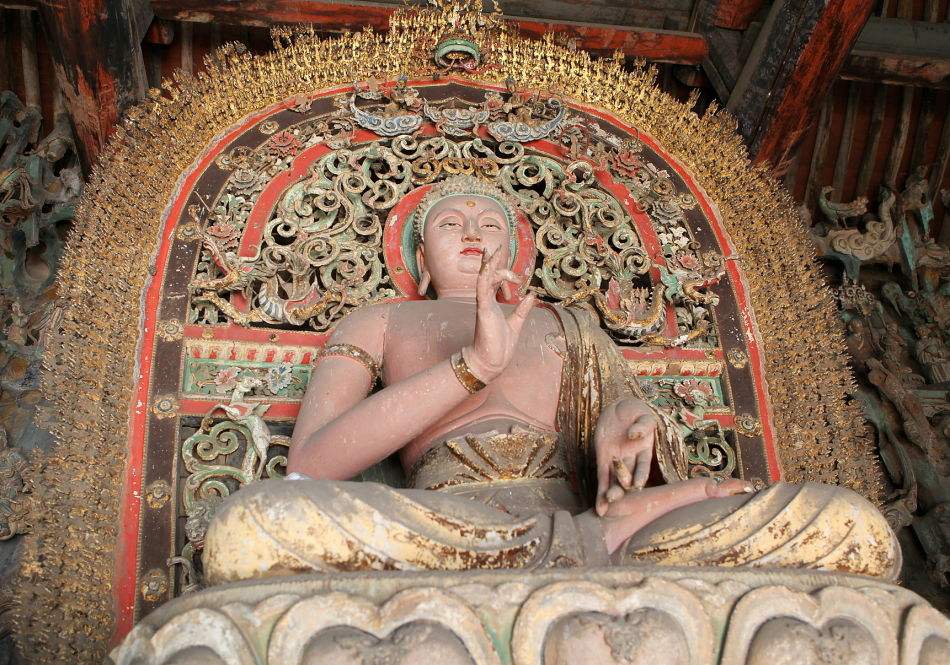
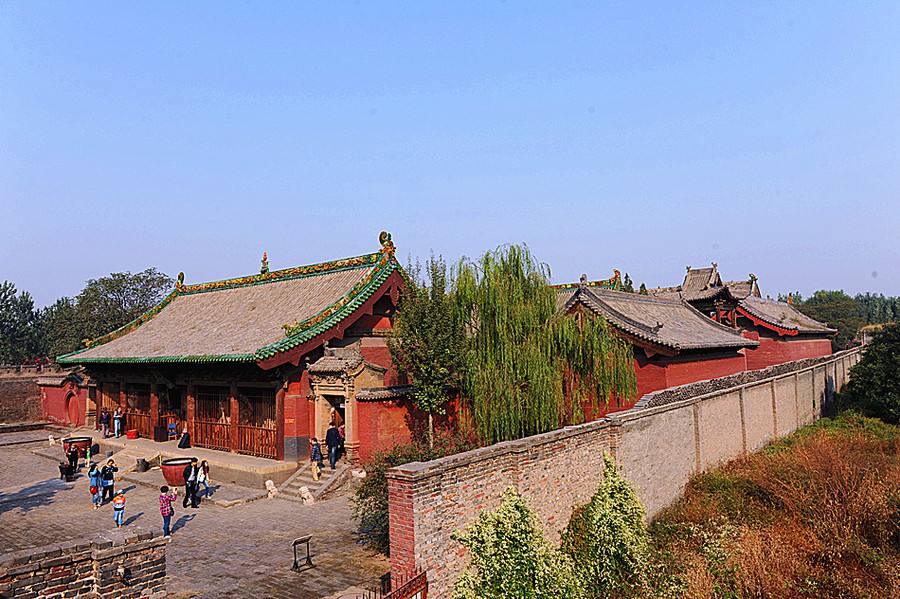
Information
Location: Qiaotou Village, Pingyao County,Shanxi Province
Chinese: ??? Shu?nglín Sì /shwung-lin srr/ 'Double-ForestTemple'
Popular activity: Annual Temple Fair on April 8th (lunar calendar)
Recognition: In 1997, it was added to the World Heritage List by UNESCO as an important cultural site of Pingyao Ancient City.
Time needed: 2 hours
Rishengchang Bank
Pingyao was also important to the Imperial Chinese government for another reason. During the Ming and Qing Dynasties, Pingyao was a major economic powerhouse. For example, this was the birthplace of the Jin Businessmen/Merchants. These were prominent traders from Shanxi who operated during the Ming and the Qing Dynasties. Rishengchang Bank was the earliest bank in China and in the following centuries almost all of the large trading shops in China were based in this city, hence is known as the "Father of Chinese Banking". It was established in 1823, in the Qing Dynasty. It now serves as a museum showing the wisdom of Chinese people in finance at a time when all book-keeping was on paper, and the only calculating technology was the abacus.
Draft banks allowed bills, instead of gold and silver, to be used for business transactions. This meant that merchants going to other parts of the country to do business did not have to transport large quantities of gold or silver with them, which made it much more convenient. The draft banks operating in Pingyao contributed greatly to the city's prosperity. Many of these trading shops can be found on Ming Qing Street (known also as South Street), where their magnificent remains can still be seen today.
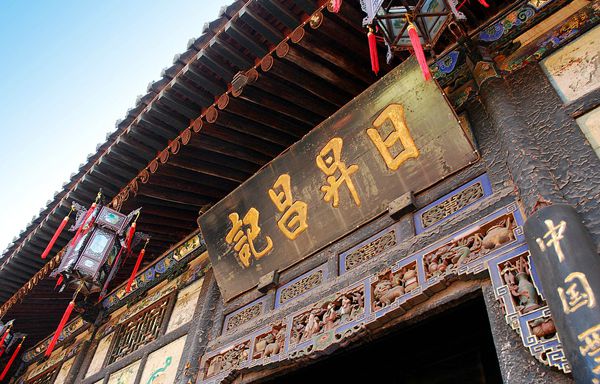
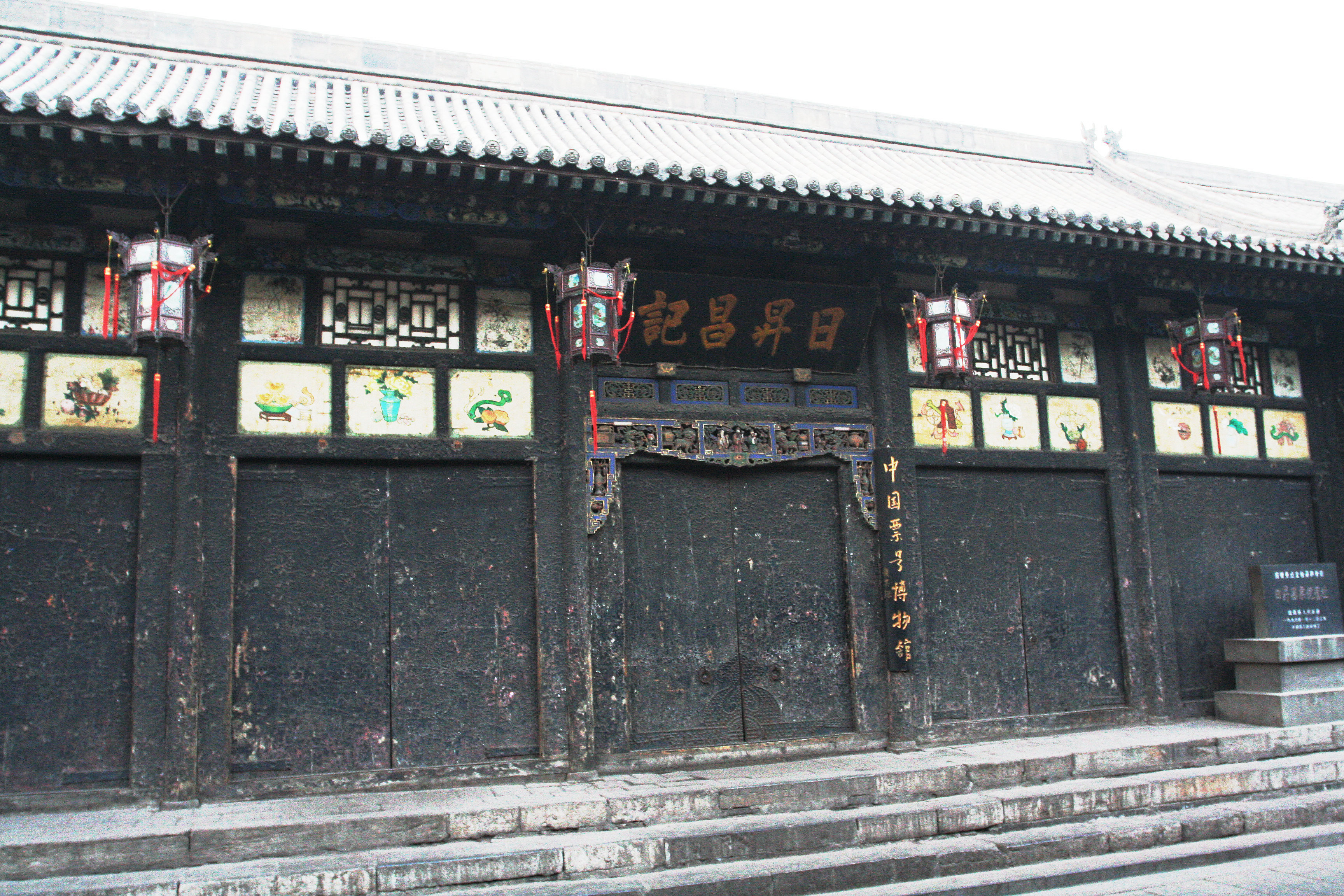
Information
Admission Fee: CNY 10
Opening Time: 8:00-18:30 (Apr.-Oct.)
8:30-18:00 (Sep.-Mar.)
Admission Fee: Free
Ancient Ming and Qing Street
The ancient Ming and Qing dynasty Street is characterized by the bright and grand remains of the old exchange shops. The merchants of Pingyao paid little attention to their residence, but their shops were magnificently built, surviving the passage of century or two with their plaques looking as grand as ever. The only thing that has changed is the contents under the counter. The abacuses and account book, which used to be the sole items in the counter, are now replaced by objects for sale, such as books yellowed by time, ancient coin covered with green rust, cracked ancient china ware and handicrafts.
In the middle of the ancient Ming and Qing dynasty lies the Gold Well. Legend has it that there was gold grog in that well, when it appeared, the well water would become golden. Although nobody ever saw the frog, the "Market Building," a magnificent three-tiered wooden construction near the well, is called the Gold Well Building. You may think the splendid building was for religious or safe-guarding purposes, but actually it was simply a civil decorative construction. Climbing to the top of the Market Building, you can enjoy a panoramic view of the Pingyao. Blanketed by rows and rows of greyish green tiles, the city is a place of mystery.
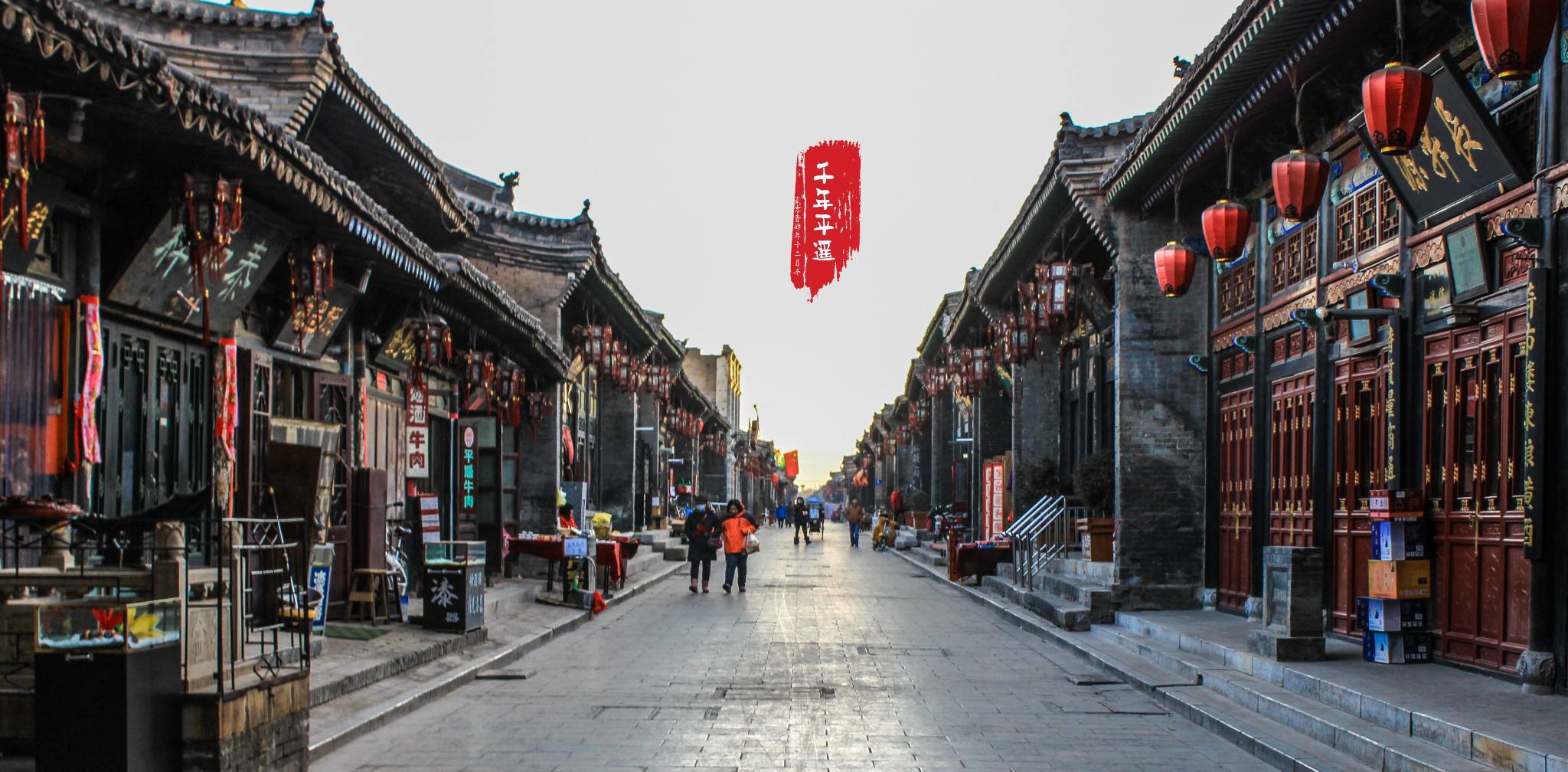
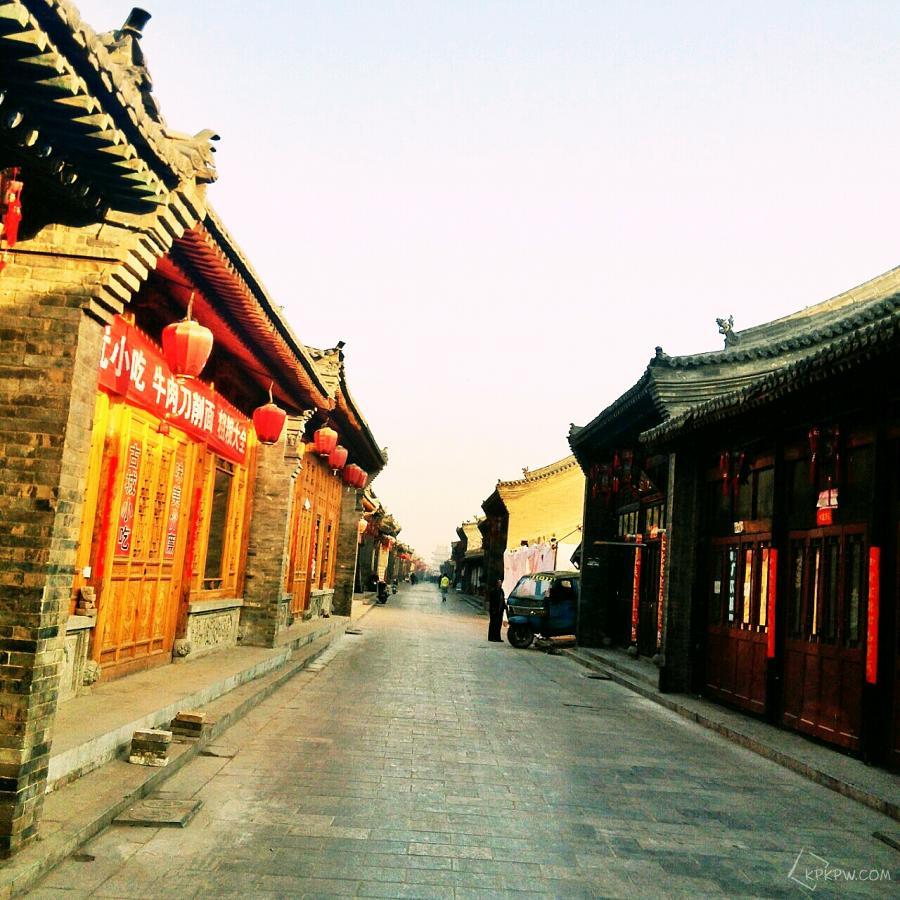
Information
Address: South Street, Pingyao ancient town
Admission Fee: Free
Time for Visit: 1 hour
Opening Hour: 9:00-21:00
Ancient Government Office
Other places of interest in Pingyao include the city’s temples and the County Government Office. For example, the Temple of Literature (known also as the Temple of Confucius) is reported to have been re-built during the Song Dynasty. In this temple, the memory and philosophy of Confucius are honored. An interesting fact about the Temple of Literature is that it is in possession of the last remaining Confucian Imperial Examination paper from the Ming Dynasty.
As for the County Government Office, this was the place from which the city was administered. This governmental complex was built during the Yuan Dynasty, though the majority of the present structure dates to the Ming Dynasty. The County Governmental Office contains such facilities as a prison, a courtroom, meeting rooms, a garden, as well as residential quarters and offices for governmental officials.
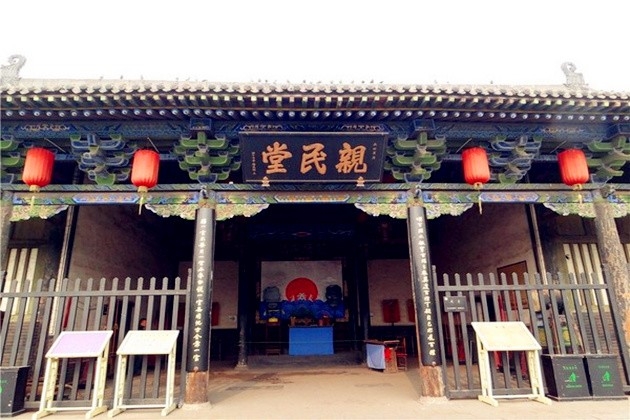
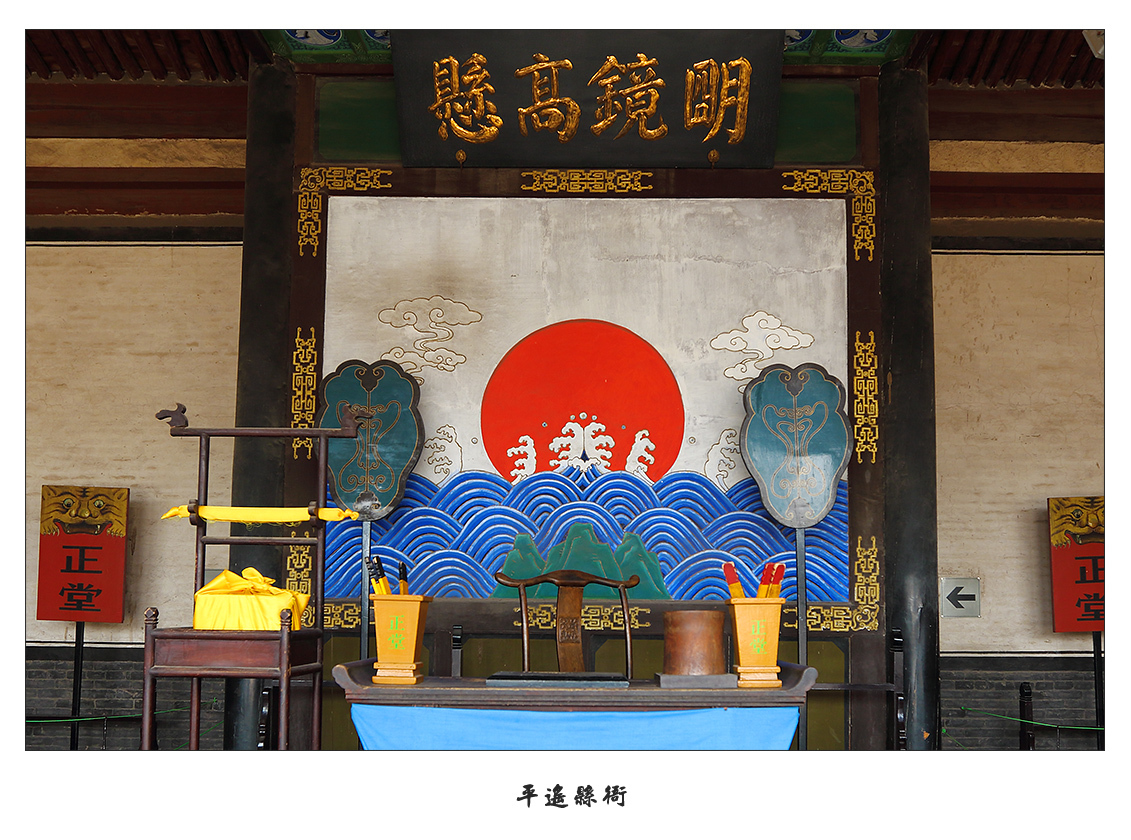
Information
Admission Fee: CNY 20
Time for Visit: 1 Hour
Address: Inner Pingyao Ancient Town
Opening Time: 8:00-17:30
Best Season for visit: Spring
Zhangbi Ancient Village
Zhangbi Ancient Village, also named Zhangbi Ancient Castle, was built in 617 AD at an altitude of 1,040 meters above sea level. is really a precious gift of history, gathering historical relics and monuments, such as remains from the Xia (2070-1600 BCD) and Shang (1600-1046 BC) Dynasties, underground tunnels from the Sui (581-618) and Tang (618-907) Dynasties, tombs from the Jin Dynasty (1115-1234), theater stages from the Yuan Dynasty (1206-1368) and residences from the Ming (1368-1644) and Qing (1636-1911) Dynasties.
Zhangbi Ancient Village is a history-storyteller, still remaining residential, unimproved and mysterious, which gives travelers a better sense of what things were like and what once happened in the ancient time. Besides, along the streets stand plenty of elegant shops and quaint houses. Meanwhile, among the precious relics, the tunnels of the Sui and Tang dynasties, Liu Wuzhou Temple and Glaze Steles are rarely seen of its kind all over China.
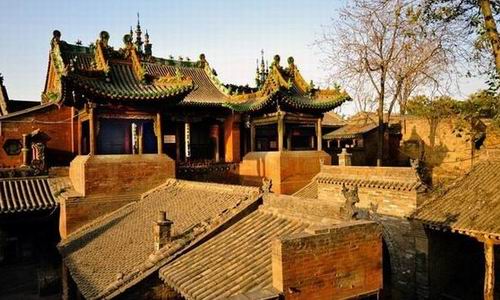
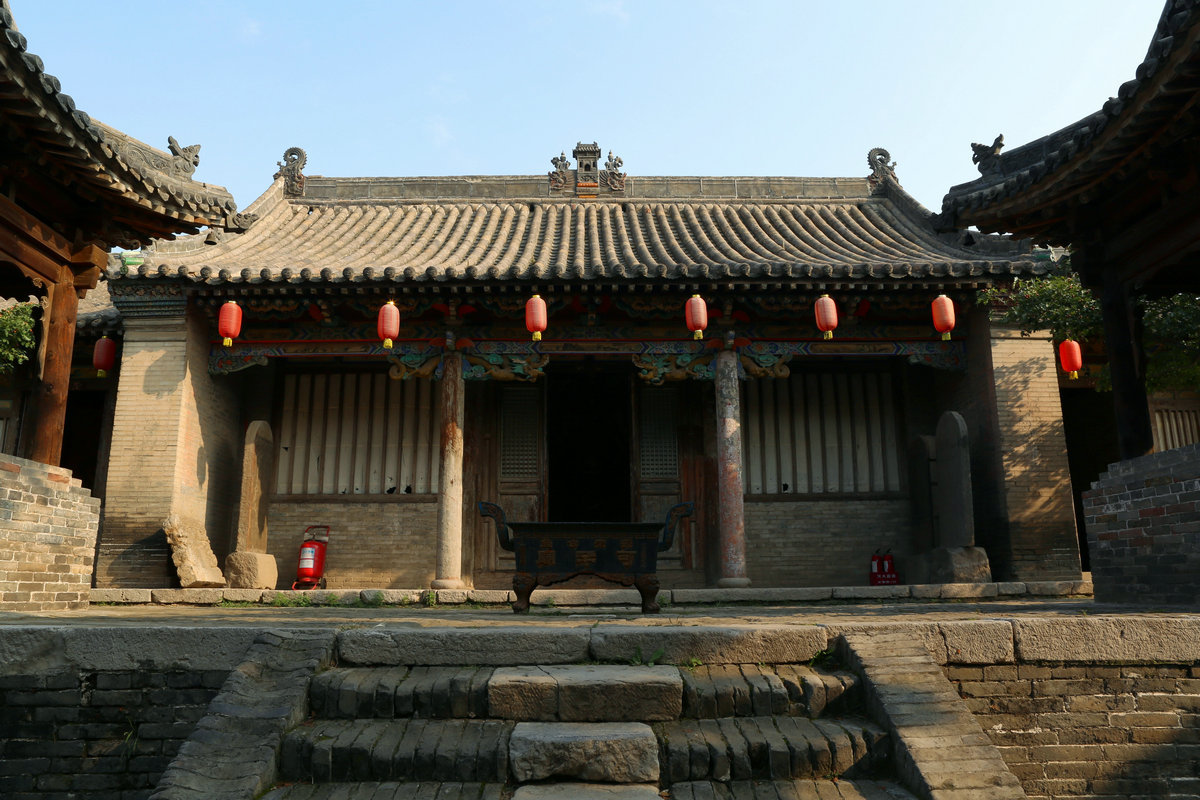
Information
Admission Fee CNY40
Opening Time: Whole Day
Time for Visit: 3 hours
How to get there: you can take taxi or shuttle bus and get off at the square in front of Jiexiu Train Station.
Zhenguo Temple
Zhenguo Temple is a Buddhist temple located 10 km from Pingyao in the village of Hadongcun, in Shanxi Province, it was originally built in 963, was recorded that Ten-Thousand Buddha Hall. Wanfo Hall is the oldest building at Zhenguo temple, is the only surviving building that dates from the short-lived Northern Han dynasty and Wanfo Hall is notable for featuring very large brackets that hold up the roof and flying eaves. The sculptures inside the hall are among the only examples of 10th century Buddhist sculpture in China.
The temple contains two main halls and a gate, with two courtyards in between the three buildings. There is a wall surrounding the entire complex. The temple opens to the south, with the Tianwang Hall acting as the temple's gate.The next hall, to the north, is the Ten-Thousand Buddha Hall, and the final hall is called Sanfo Hall, which dates from the Qing Dynasty. The northern courtyard also features two minor halls facing to the east and west called the Guanyin and Dizang Halls, which both date from the Ming Dynasty. There are also two bell towers located on either side of the Tianwang Hall. In 1997, along with Pingyao city and Shuanglin Temple, the Zhenguo temple was inscribed on the World Heritage list as 'Ancient City of Pingyao'.
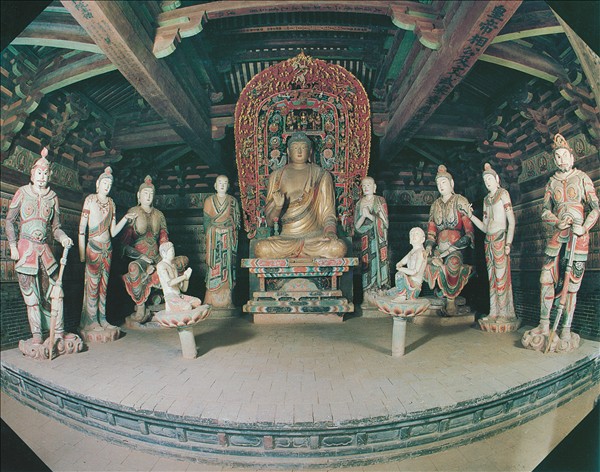
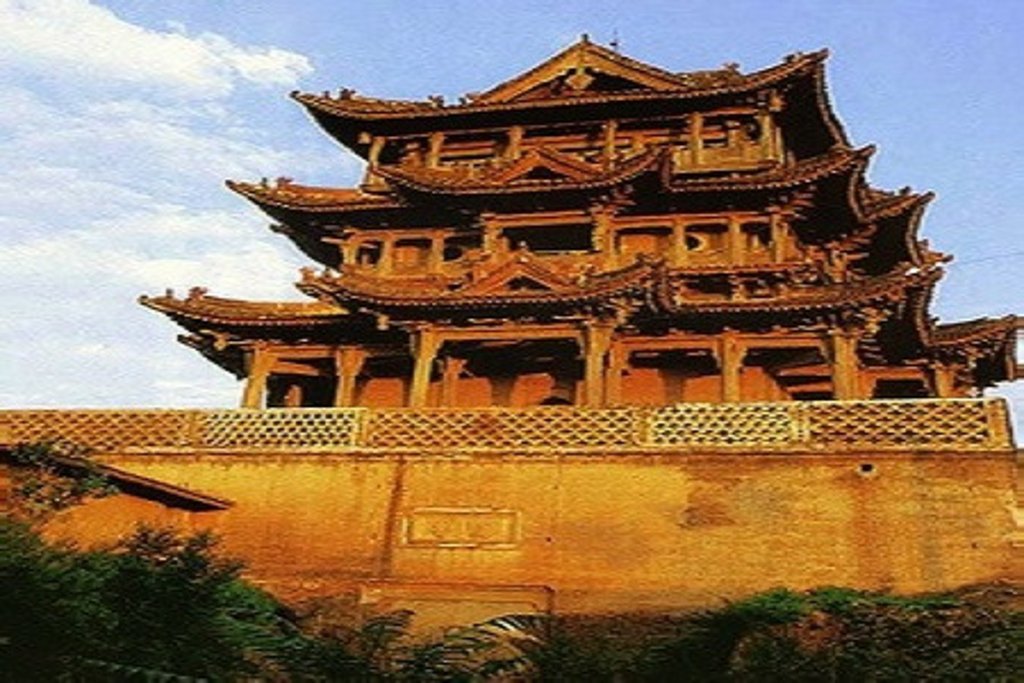
Information
Location: Haodong Village, Pingyao County
Opening Hours: 8:00-19:30 (Spring & Summer)
8:00-18:00 (Autumn & Winter)
Admission Fee: CNY 30
Time for Visit: 1-2 hours
Best season for visit: May. to Oct.
Tel: 0354-5848174;0354-2636533
How to get to there: take bus No.9
Temple of The City God
The Temple of the City God of Pingyao is a well-preserved Taoist temple located in Pingyao County, Shanxi Province, China. The Temple of the City God consists of three separate temples on a complex, covering over 73,000 square meters. Constructed during the Song dynasty (960-1279), the temple complex has undergone two major renovations due to fire in 1544 and 1859. In 1859, during the reign of the Xianfeng Emperor, a fire destroyed the structures of the temple complex. In 1864, donations from locals and rich businessmen helped rebuild the structures in accordance to Song structures, but with Qing-era styling. Besides the city god, additional halls are dedicated to the god of wealth and the kitchen god.
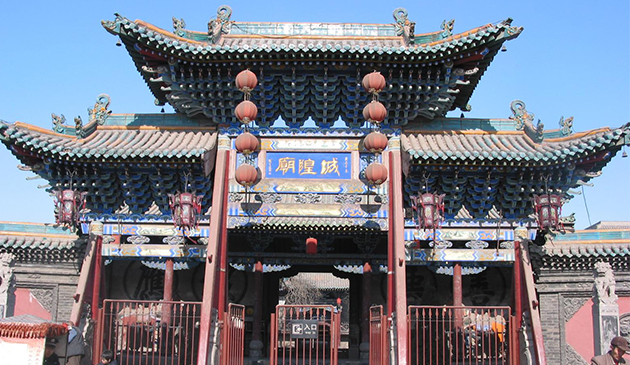
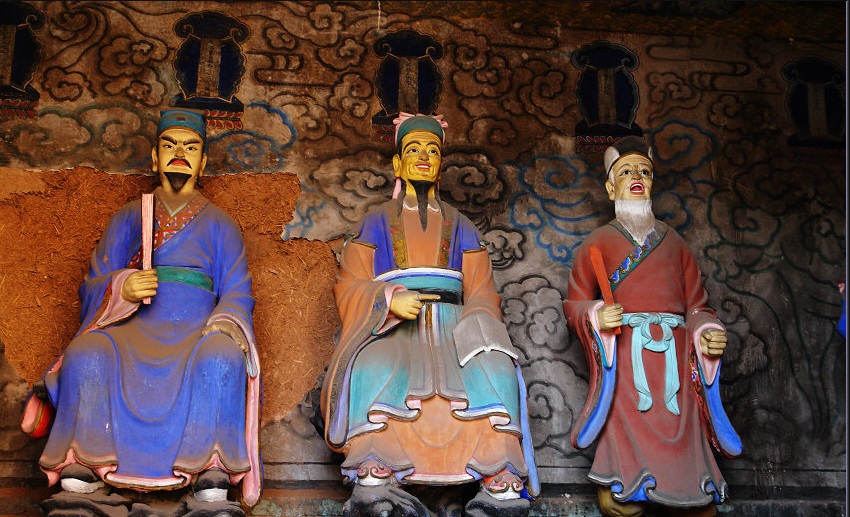
Information
Admission Fee:
Address: 51, Chenghuang Temple Street, Pingyao
Opening Hours: 8:00-18:00
Time for Visit: 1-2 hours
Tel: 0354-5682250
Temple of Confucius
The oldest Confucius temple, in Pingyao County in north China's Shanxi Province. Pingyao Confucius Temple is located in the southwest of Pingyao, whose ancient township compound was listed as a World Cultural Heritage Site for its intact ancient structure and well-preserved traditional Chinese architectures. Confucius has been regarded as the forefather of Chinese culture during the past 2,500 plus years and temples worshipping him were built everywhere in ancient China, some of which are still well preserved today.
The main building of the temple was built in 1163, in the Yuan Dynasty, and has a history of more than 840 years. Compared with other famous Confucius temples nationwide, it was built 248 years earlier than that in Beijing, and 317 years earlier than that in Qufu City, Confucius's home in east China's Shandong Province. A state-level key cultural relics site, the Pingyao Confucius Temple has China's largest statue collection of Confucius and famous ancient Confucian scholars. The Confucius Temple Covers a total area of 40,000 square meters, the temple has 112 buildings in 16 categories.
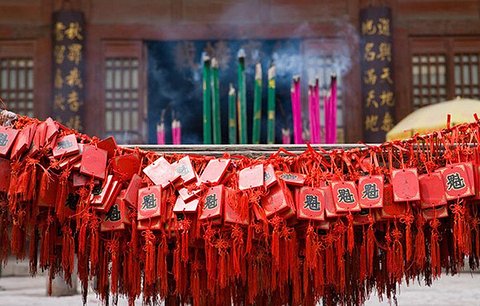
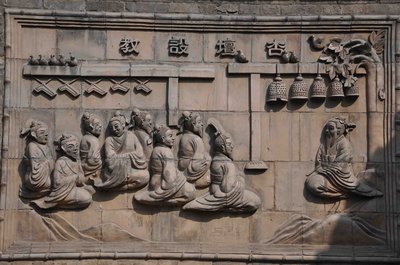
Information
Add: 67 Chenghuang Temple Street, Pingyao County, Shanxi
Opening Hour:8:00-19:30 (Sping.-Summer.)
8:00-18:00(Autumn.-Winter.)
Tel: 0354-5685466
Admission Fee: CNY 130 including Pingyao ancient city wall, Rishengchang Bank, Government office, etc.
How to get there: take bus No. 804, 308
Prev: No previous link
Next: Pingyao Dinning
Wechat: Chinaprivatetour
24 Hours Hotline:
+86 137-3541-1378
* Authentic Experiences: Genuine local experiences that immerse you in the true essence of Xi'an and beyond.
* Safety First: Highest safety standards with secure activities and reliable transportation.
* Customizable Tours: Flexible itineraries tailored to your interests and needs.
* Local Expertise: In-depth knowledge of Xi'an and China, offering exclusive insights.
* Professional Guides: Licensed bilingual guides with over 5 years of experience.
* Comfortable Travel: Experienced drivers and well-maintained vehicles for a smooth journey.
* Sustainable Tourism: Commitment to responsible tourism and supporting local communities.
* Customer-Focused: Personalized service and continuous improvement based on your feedback.
* Free Cancellation: Cancel up to 24 hours before travel for flexibility and peace of mind.
* 24/7 Support: Round-the-clock assistance for any questions or help needed.
(Your Privacy is Protected)
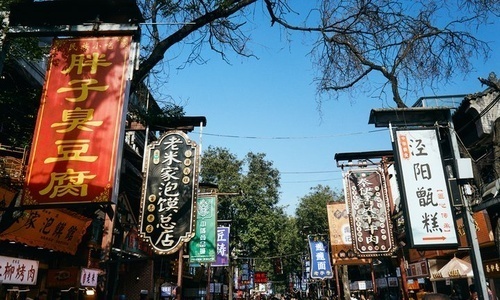 Xi'an Muslim Quarter Travel Guide: Street Food, Culture & Nightlife
Xi'an Muslim Quarter Travel Guide: Street Food, Culture & Nightlife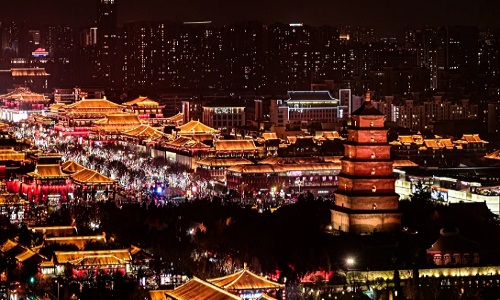 Exploring Grand Tang Mall Xi'an: Shopping, Dining, and Entertainment in the Heart of the Ancient City
Exploring Grand Tang Mall Xi'an: Shopping, Dining, and Entertainment in the Heart of the Ancient City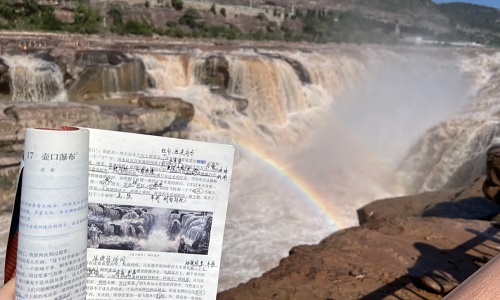 Hukou Waterfall Travel Guide: Visiting the Yellow River’s Most Spectacular Hukou Waterfall from Xi'an
Hukou Waterfall Travel Guide: Visiting the Yellow River’s Most Spectacular Hukou Waterfall from Xi'an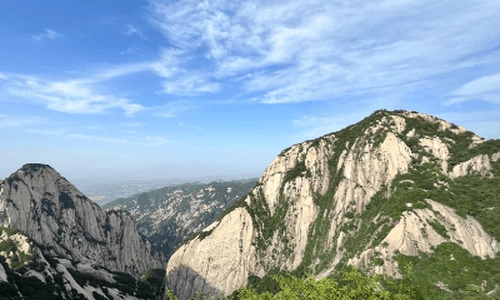 Huashan Mountain Travel Guide: Hiking the Most Dangerous and Beautiful Peak in China
Huashan Mountain Travel Guide: Hiking the Most Dangerous and Beautiful Peak in China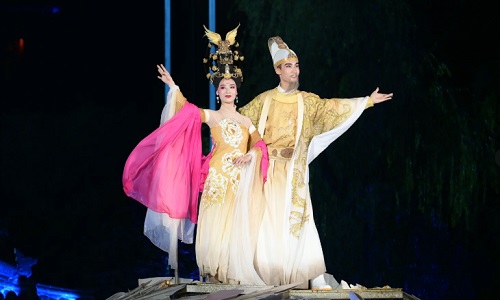 The Song of Everlasting Sorrow: A Timeless Tale of Love and Tragedy in Xi'an
The Song of Everlasting Sorrow: A Timeless Tale of Love and Tragedy in Xi'an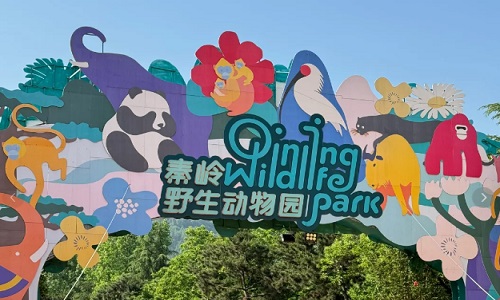 Xi’an Qinling Wildlife Park Travel Guide: Explore the Best Zoo Experience in Xi’an
Xi’an Qinling Wildlife Park Travel Guide: Explore the Best Zoo Experience in Xi’an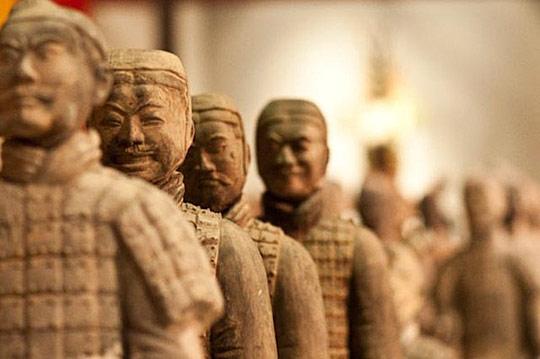 Discover the Terracotta Warriors in Xi’an: A Complete Guide to China’s Ancient Army
Discover the Terracotta Warriors in Xi’an: A Complete Guide to China’s Ancient Army 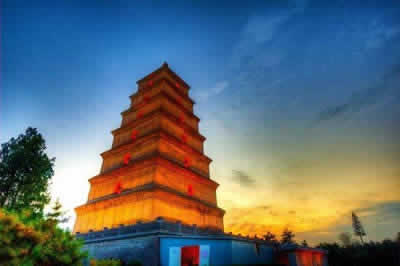 Big Wild Goose Pagoda
Big Wild Goose Pagoda1 to 1 tailor-made service from our professional travel advisors for the most sophisticated
Constantly excellent reviews for attraction, hotel and service Competitive price
Local experts provide quality tours Best selected knowledgeable local guides Authentic local restaurants
7*24 hours available to create you a worry-free tour. No Hidden Fees and absolutely no pressure to buy. Secured









Copyright © 2017 www.xianprivatetour.com All rights reserved. 浙ICP备18056007号-6